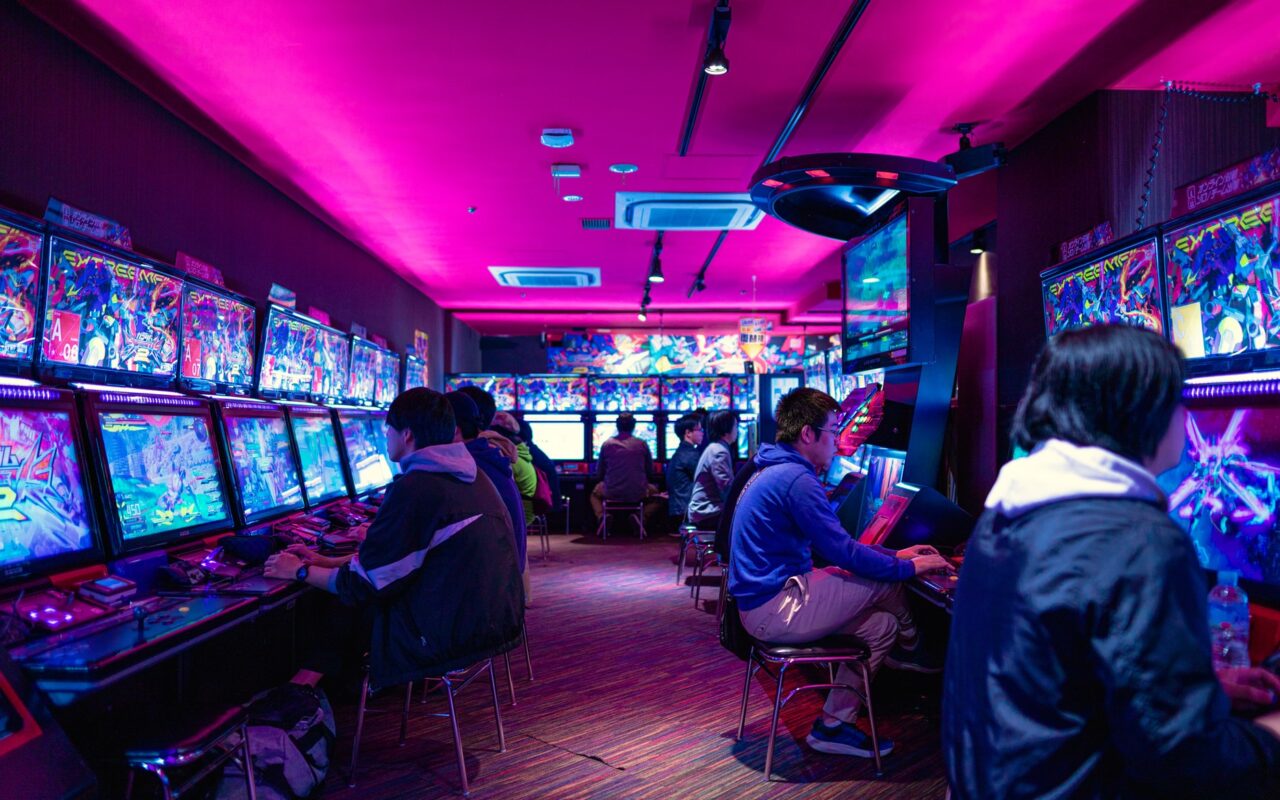Madrid Spain.
An exhibition at the CaixaForum de Madrid analyzes the present, past and future of this form of entertainment that increasingly encompasses more aspects of our daily lives.
Almost a third of the world’s population is gamer, that is, they play video games. The pandemic has also boosted the sector. At Tequila Works they have been designing video games for more than a decade. About sixty people take between two and three years to finish one.
“Now in big games you can spend 80, 100 hours playing, 200 hours. Then it takes getting into a world, getting into a world within, and that you can do whatever you want, your whole life can be spent in the game”, He assures Michael Santorum, one of the designers.
A good example of this is the exhibition ‘Homo Ludens: videogames to understand the present’ hosted by the Caixaforum in Madrid and which explores the precedents and evolution of this form of entertainment.
One of the attendees distrusts her since “people tend to isolate themselves from psychology, I don’t know if they are prepared for all this and I think there are people who can surpass them.” Although there are also opposing opinions, such as those of another woman, who has also attended the exhibition, and who defends that “I have always used the social component of video games the best I could stop to make friends to discover realities that I did not know.”
Throughout the sample you can see the relationship between video games and science or the development of e-sports, sport simulators, whose income forecasts predict will exceed those of the Champions League or the Super Bowl.
Real and virtual life are increasingly converging on more and more points, and there are video games that allow us to vindicate ‘Black lives matter’ movements or to position ourselves in favor of the rights of the LGTBI community.
The dark side of a powerful industry
The video game industry already invoices more than the music and film industry combined, around 135,000 million euros globally. But it has a negative side, which is also included in the sample and detailed by Eva María Nogués, head of activities at CaixaForum Madrid: “We also see all the dark side, what’s behind it, the commercial strategies, the manipulation…. And even the exploitation jobs that arise around this world. “
The sample can be seen in the Spanish capital until October 31, then it will move to other cities in the country and it is planned that it will also go abroad.
By: Euronews.
Ibero-American Scientific and Cultural Newsletter – NCC News
– –


